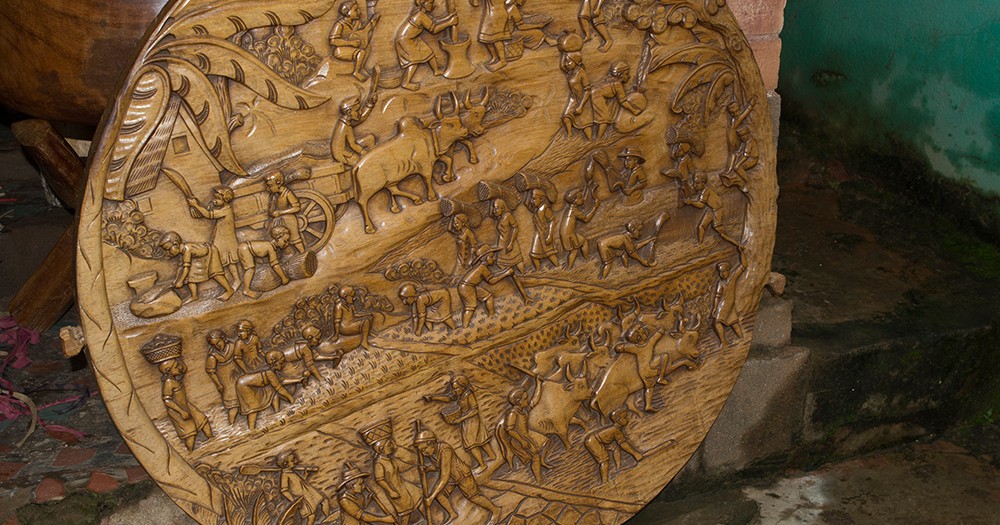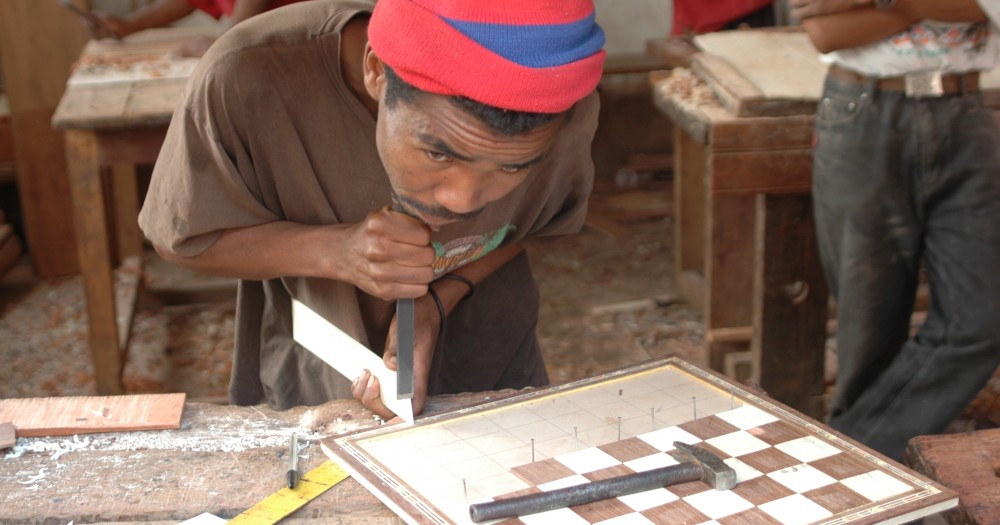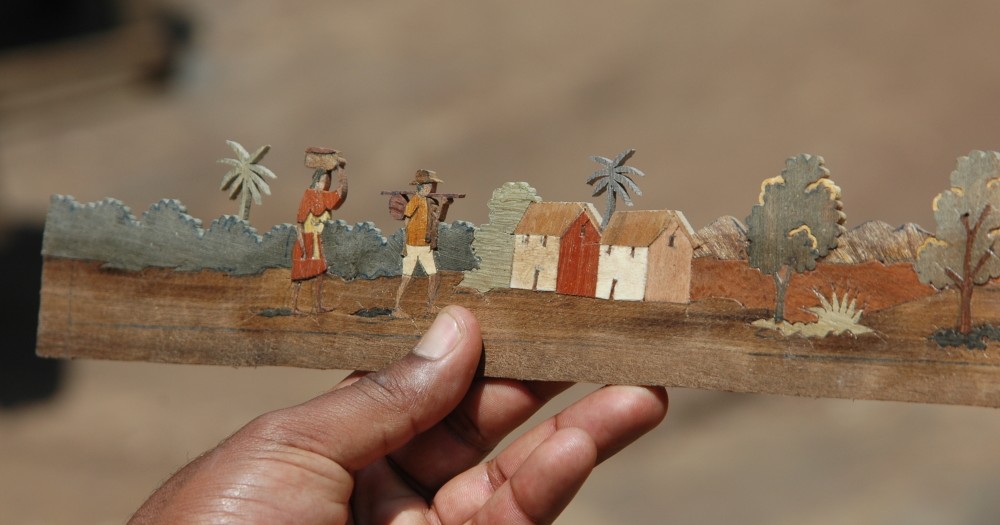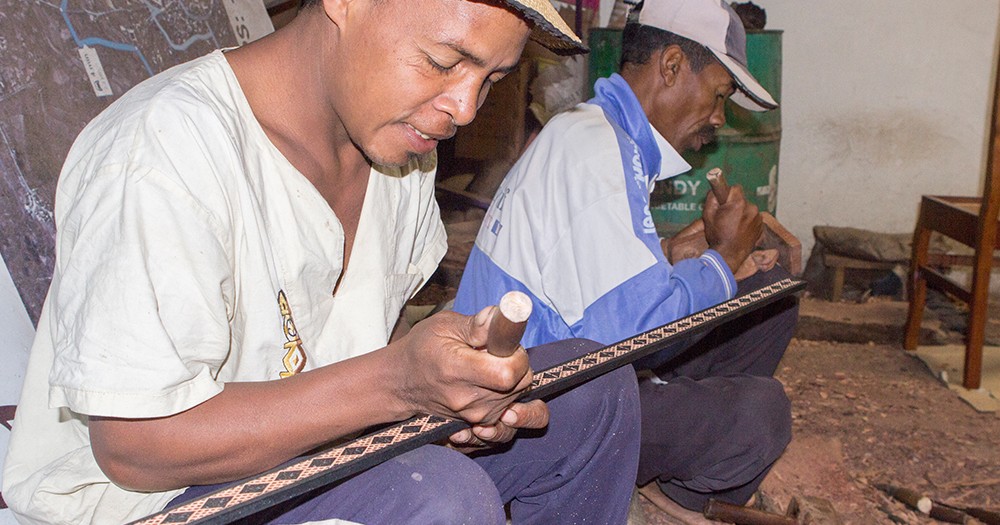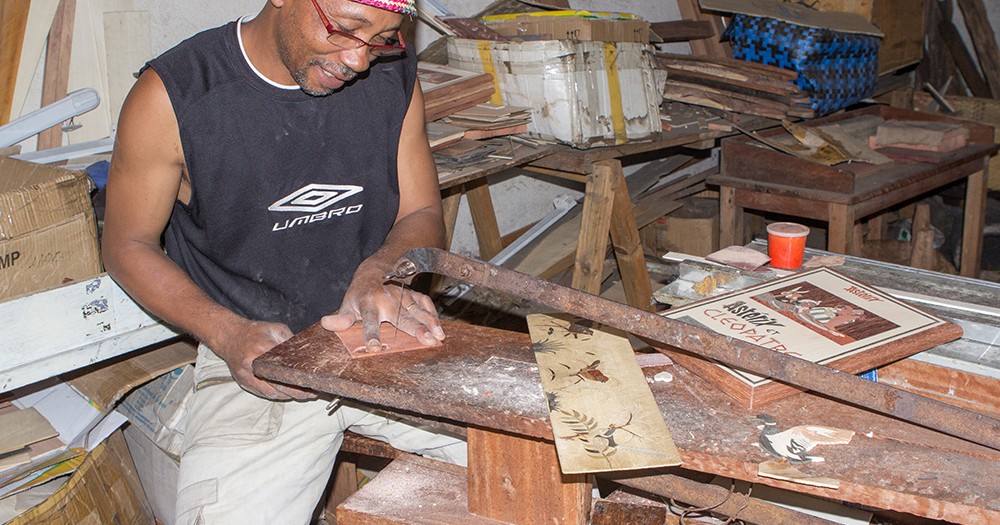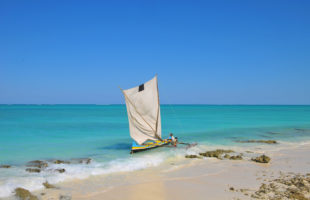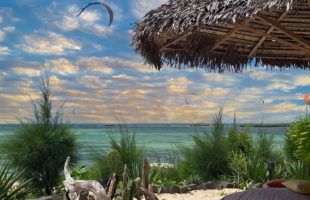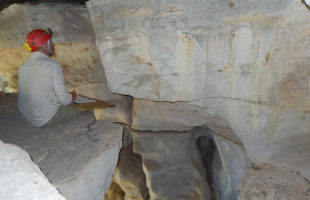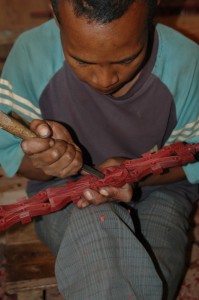
Ambositra in the Amoron’i Mania region is a larger city with around 30,000 inhabitants. It is located about 180 km south of the capital Antananarivo in the highlands, directly on the RN7, and is very easy to reach from Antananarivo. The city is famous for its many woodcarving workshops, many of which can be visited and watched over the artists’ shoulders in their daily work.
In the area around Ambositra and in the city itself lives the Betsileo tribe. One of the Betsileo tribal groups is the Zafimaniry, who have always lived from woodcarvings and still do so today. Originally, the Zafimaniry was supposed to come from the people who fled into the woods in the 19th century before the cruel Queen Ranavalona I. in order not to have to work for the court as slaves or serfs. Today about 25,000 Zafimaniry live in the highlands of Madagascar around Ambositra, and just under a hundred traditional villages still exist in the surrounding remains of the former forests. Unfortunately, much of the original habitat of the Zafimaniry has been lost forever due to extensive slash-and-burn. Today their most important city is Antoetra, a village with about 1000 inhabitants, which lies about 40 km south of Ambositra.
For centuries the small ethnic group has been known for building their houses entirely from wood, which is worked exclusively by hand with simple tools. Nails or screws are not used, everything is cleverly inserted into one another. Doors, windows and gables of the houses are often elaborately decorated with traditional motifs. The huge rice pots that can be bought everywhere in Ambositra today are also part of the Zafimaniry culture (however, the carvings on them are usually only completed for tourists). In 2003, the woodcarving of Zafimaniry was included in UNESCO’s “Masterpieces of the Oral and Intangible Heritage of Humanity”, which obliges the State of Madagascar to protect and preserve ancient traditions. But all this cannot hide the fact that the foundations of the small people, their forests, have almost completely disappeared from the highlands in the last 50 years. Today, most of the wood for carvings is supplied from other regions.

In the meantime countless workshops have settled in Ambositra, which carve and work in the style of Zafimaniry. Almost everything can be purchased from small and larger souvenirs – especially the many lovingly collected motifs with “The Adventures of Tintin” from many small individual parts are popular: Figures, bowls, pots, masks, statues and wooden boxes are just a small part of the large selection. Many workshops can be visited for a small fee and some also offer demonstrations, such as elaborate inlays, picture frames or masks. Travellers can also order their own ideas directly in the workshops – take your time to do so, as production usually takes a few weeks.
 MADAMAGAZINE Your Magazine about Madagascar
MADAMAGAZINE Your Magazine about Madagascar
